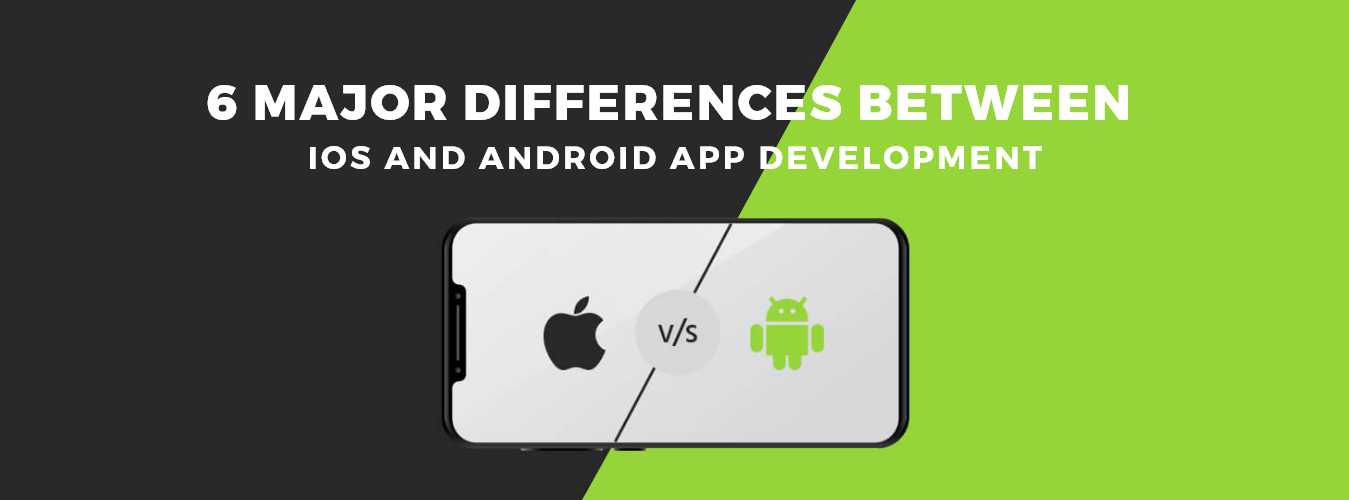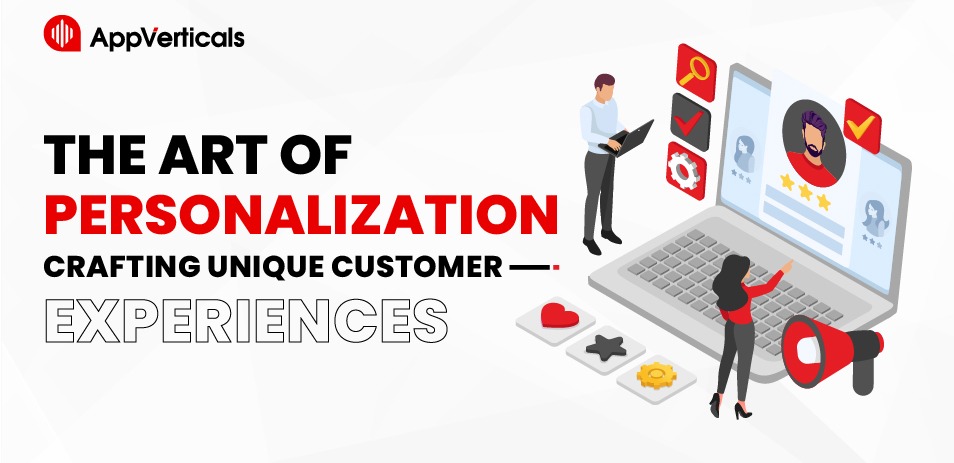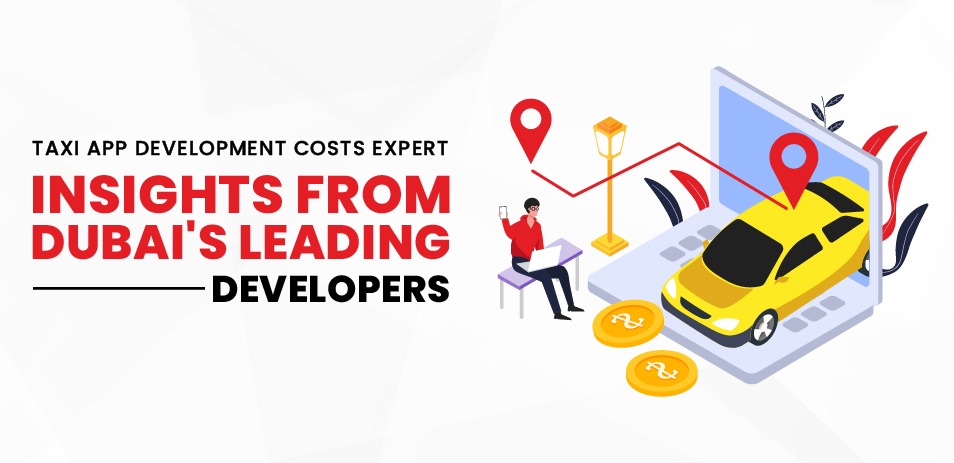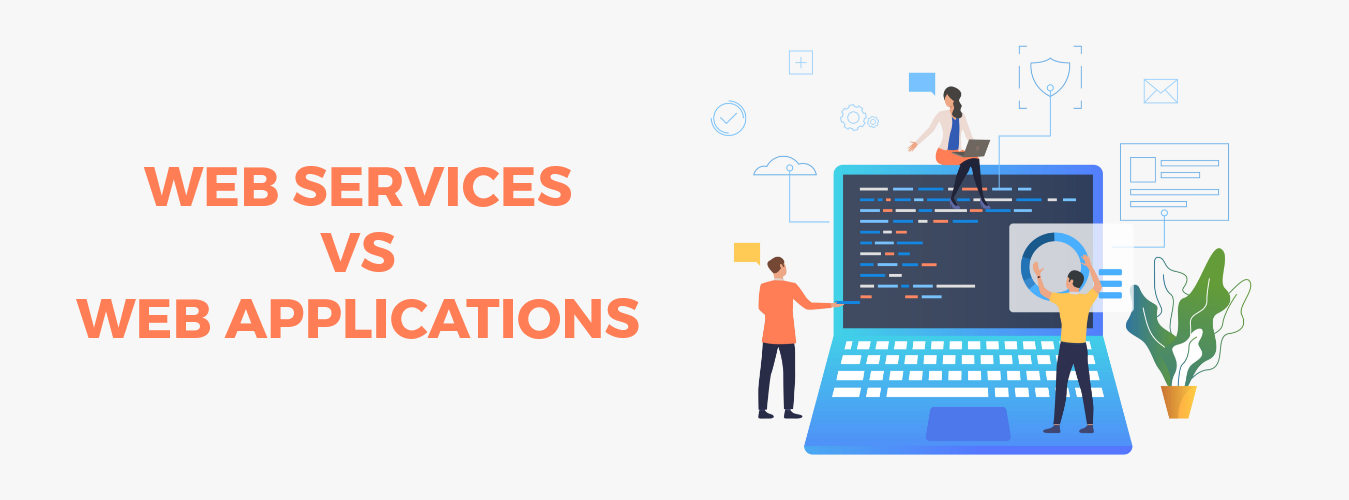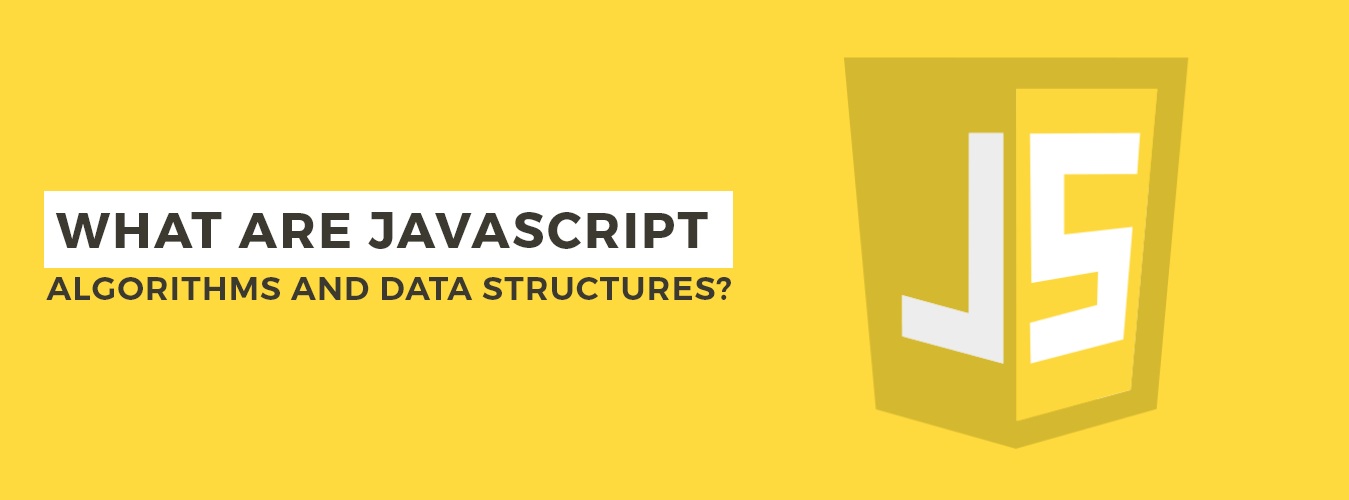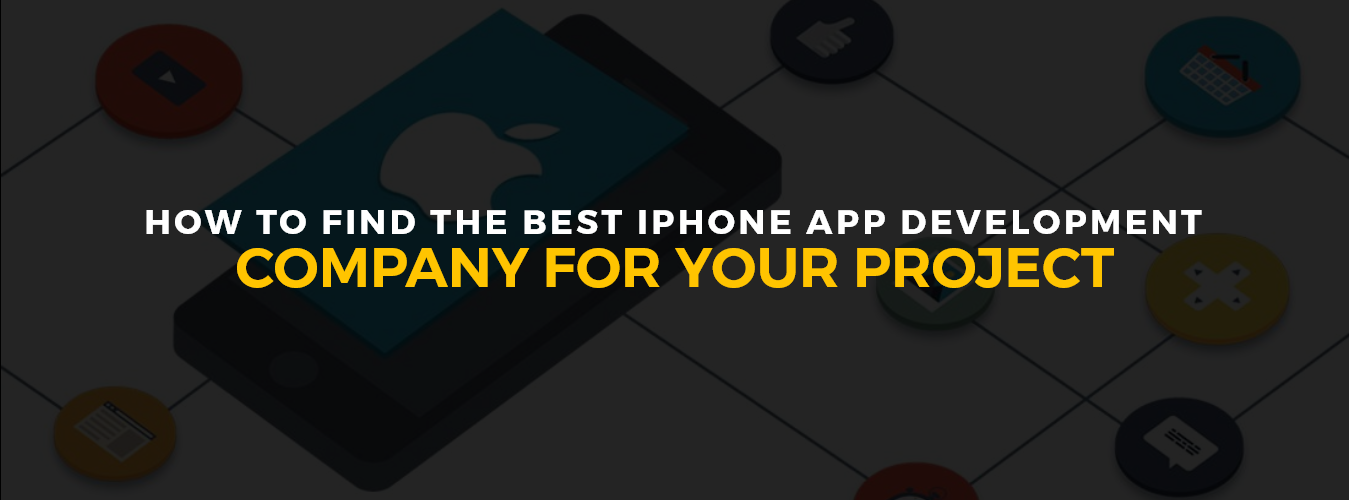Crafting Your Ideal Mobile App/Experience Starts Here!
Ready to elevate your business? Your custom app is just a click away.
Yes Let’s goMobile app development is a complex process that requires consideration of various factors to create a successful app. Two of the most popular mobile operating systems, iOS and Android, offer different development environments and present unique challenges and opportunities for developers. In this context, we will explore six major differences between iOS and Android app development, including user interface design, programming languages, platform fragmentation, app distribution, and monetization models. By understanding these differences, developers can make informed decisions and create high-quality mobile apps that meet the needs of their target audience.
6 Major Differences Between iOS and Android App Development
Programming Language
The programming languages used for iOS and Android app development differ. iOS app development primarily uses Swift or Objective-C, while Android app development uses Java or Kotlin.
Swift is a relatively newer programming language developed by Apple specifically for iOS, macOS, watchOS, and tvOS development. It is designed to be more concise, safer, and faster than Objective-C, which was the main language used for iOS app development before the release of Swift.
Objective-C is a general-purpose, object-oriented programming language that has been used for iOS app development for many years. It is a superset of the C programming language and adds object-oriented features and a dynamic runtime.
Java is a widely-used programming language that is used for Android app development. It is an object-oriented language that is designed to be portable and can run on various platforms.
Kotlin is a newer programming language that was developed by JetBrains specifically for Android app development. It is designed to be more concise and safer than Java, with features such as null safety and type inference.
The choice of programming language can have an impact on app development, including the ease of coding, app performance, and availability of developer resources.

Development Tools
The development tools used for iOS and Android app development differ. For iOS app development, developers typically use Xcode, while for Android app development, developers use Android Studio.
Xcode is the official Integrated Development Environment (IDE) developed by Apple for creating iOS, iPad, macOS, watchOS, and tvOS apps. It provides a suite of tools for developing, testing, and debugging iOS apps, including a code editor, interface builder, simulator, and debugger. Xcode is available only on Mac computers, which limits its accessibility to developers who use other operating systems.
Android Studio is the official IDE developed by Google for creating Android apps. It is built on top of the IntelliJ IDEA Java IDE and provides features similar to Xcode, such as a code editor, interface builder, emulator, and debugger. Android Studio is available on Windows, Linux, and Mac, which makes it more accessible to developers using different operating systems.
Both Xcode and Android Studio provide various tools and features to make app development more efficient and productive.
Also Recommend: Kotlin vs. Java
User Interface
User Interface (UI) refers to the graphical layout and controls that enable users to interact with a device or software application. UI design plays a crucial role in creating a user-friendly and enjoyable user experience.
A good UI design should be intuitive, consistent, visually appealing, and easy to use. The primary goal of UI design is to make the application or device easy to use, so users can easily find the features they need, complete tasks, and achieve their goals without frustration.
Some of the key elements of a good UI design include:
Layout
A well-organized and structured layout with clear navigation and hierarchy can help users find the features they need easily.
Color scheme
Color plays an important role in UI design as it can evoke emotions, establish brand identity, and differentiate different elements of the UI.
Typography
The use of appropriate fonts and font sizes can help to improve readability and create a consistent visual identity.
Icons and graphics
The use of icons and graphics can help to convey information quickly and efficiently, making the UI more visually appealing and easy to use.
Interactive elements
Interactive elements such as buttons, menus, and forms should be easy to use and clearly labeled so that users can easily understand how to interact with them.

Fragmentation
Fragmentation in software development refers to the issue where an operating system or platform has different versions, configurations, or hardware specifications. This can result in software or applications working differently, or not at all, across different devices or versions of the operating system.
In the context of mobile app development, fragmentation is a significant challenge for developers, as there are hundreds of different Android devices from various manufacturers with varying screen sizes, resolutions, hardware configurations, and versions of the Android operating system. This means that an app that works perfectly on one Android device may not work on another device due to hardware differences or version incompatibilities.
To overcome this challenge, developers need to thoroughly test their apps on various devices and versions of the Android operating system to ensure that they work correctly and consistently across different devices. Additionally, developers can use frameworks and tools that help to automate testing across a range of devices, such as Appium or Espresso.
Distribution
In the context of app development, distribution refers to the process of making an app available to users. There are several ways to distribute mobile apps. The most common methods are through app stores and direct downloads.
App stores, such as Apple’s App Store and Google Play, provide a centralized platform for users to discover, download, and update mobile apps. To distribute an app through an app store, developers must follow certain guidelines and requirement. And then submit their app for review before it can be published to the store. The app stores also provide tools for managing app updates, ratings, and reviews. It also offer various monetization models such as free, freemium, or paid apps.
Direct downloads are another way to distribute mobile apps. In this case, developers can make their app available for download from their own website or through third-party app marketplaces. Direct downloads may offer more flexibility and control for developers. But they require additional effort to promote and distribute the app to users.
In addition to app stores and direct downloads, there are also enterprise app distribution methods. Such as Mobile Device Management (MDM) systems or enterprise app stores. Shich are used to distribute apps within an organization for internal use. These methods typically involve more strict control over the distribution and installation of apps.
Overall, the choice of app distribution method depends on the target audience, the app’s purpose and features, and the developer’s goals and resources. App stores offer the most visibility and convenience for users, but direct downloads and enterprise distribution methods may offer more flexibility and control for developers.
Monetization
Monetization refers to the process of generating revenue from an app. There are several monetization models for mobile apps, including:
In-app purchases
This model allows users to make purchases within the app, such as virtual goods, additional content, or features.
Advertising
This model involves displaying ads within the app, such as banner ads, interstitial ads, or rewarded ads.
Subscription
This model offers users access to premium content or features on a recurring basis, such as monthly or yearly subscription fees.
Paid downloads
This model involves charging users a one-time fee to download and use the app.
Sponsorship
This model involves partnering with brands or advertisers to sponsor the app or specific features or content within the app.
The choice of monetization model depends on the app’s purpose and features, the target audience, and the developer’s goals. Some apps may benefit more from in-app purchases or subscriptions. While others may be better suited for advertising or paid downloads. The most successful monetization models typically offer value to users while also generating revenue for the developer.

Conclusion
Mobile app development involves many factors that need to be considered to create a successful app. This includes user interface design, dealing with fragmentation, app distribution, and monetization. The user interface must be intuitive, visually appealing, and easy to use. Fragmentation can be a significant challenge for app developers, especially for Android apps. And requires careful testing and optimization to ensure consistency across different devices. App distribution can be done through app stores, direct downloads, or enterprise distribution methods. However, it depends on the target audience and developer’s goals. Finally, choosing a custom iOS app development services who can help you build and amazing app for your business. A successful app typically offers value to users while generating revenue for the developer through various monetization models.
Crafting Your Ideal Mobile App/Experience Starts Here!
Ready to elevate your business? Your custom app is just a click away.
Yes Let’s go
